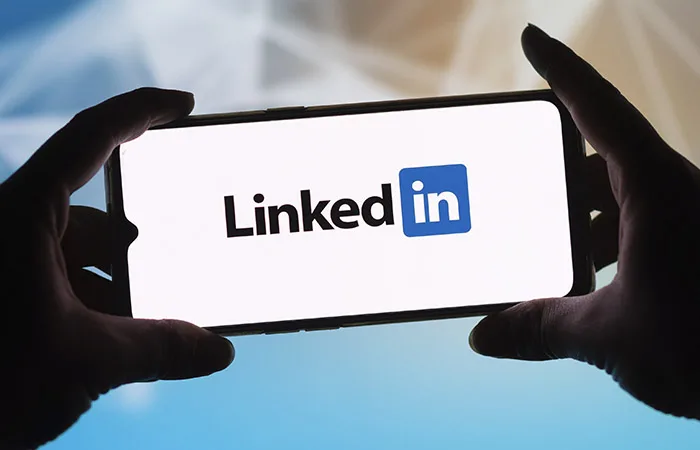Social networks are not only a place for entertainment, but also an effective channel for promoting educational platforms. Proper use SMM- campaigns help attract new students, increase the loyalty of existing ones, and build a strong brand image. In this article, we'll show you how to build a successful business step by step. SMM-a campaign for the educational platform.
Audience Analysis
Before you start promoting, it is important to understand who your audience is. Students, schoolchildren, parents, working professionals, or those who are looking for retraining – each of these segments has its own goals, interests, and needs.
Learn where your audience spends the most time, what their preferences are, and what they are inspired by. For example, young people actively use TikTok and Instagram, while working professionals often choose LinkedIn or Facebook.
Create portraits of your users:
- What content will be useful and interesting for them?
- What problems do they want to solve with your educational platform?
This data will help you create accurate and effective advertising messages.
Choosing platforms for promotion
Every social network has its pros and cons, but we recommend these:
- Instagram. This platform works well with visual content. You can publish posts showing the learning process, alumni success stories, useful tips, and inspirational quotes.
- TikTok. Suitable for short educational videos. Videos that teach new skills or reveal interesting facts are gaining huge popularity here.
- Facebook. A versatile platform that is particularly good for creating groups and communities where people can share their experiences and ask questions.

Developing a content strategy
Content is the foundation of an SMM campaign. Develop a strategy that includes a variety of formats:
- Educational content. Publish mini-lessons, tips, articles, or videos that help your audience gain useful knowledge. This builds trust and shows the platform's expertise.
- Success stories. Tell us about students who have achieved their goals thanks to your courses. Real people's stories inspire and motivate you.
- Backstage. Share moments from your team's life, course creation processes, or teacher feedback. It adds a human face to your brand.
- Interactive content. Conduct surveys, quizzes, contests, and challenges. This increases audience engagement.
Publish regularly, create a publication plan, and monitor the activity of your audience.
Using ads
Organic engagement is important, but to maximize your reach, you should use targeted ads.
- Set up audiences based on interests, age, and geography. For example, you can show ads to students who are finishing school, or to people looking for advanced training courses.
- Retargeting helps you return users who visited your platform's website but didn't complete their registration.
- Use promotions such as free trial lessons, discounts, or exclusive access to new courses to attract more users.

Working with reviews and feedback
Educational platforms often raise questions and doubts among potential students.
Work with reviews to create a positive brand image.
- Answer questions and comments on social networks.
- Post reviews of satisfied students.
- Organize live broadcasts where teachers can communicate with the audience and answer questions.
The more actively you interact with your audience, the more trust the platform generates.
Performance analysis
After launching an SMM campaign, it is important to track its results. This will help you understand which methods work best and what needs to be improved.
- Use the platforms ' analytics tools to track your reach, engagement, and conversions.
- Conduct regular testing of different content formats to understand what your audience likes.
- Collect feedback from subscribers and students.
SMM is a process of continuous learning and adaptation. Review your strategy regularly to stay relevant to your audience.








